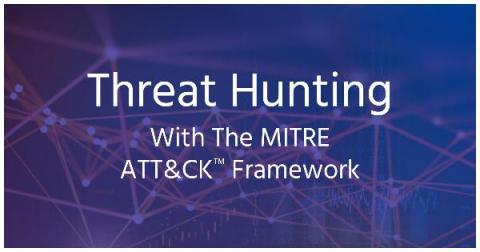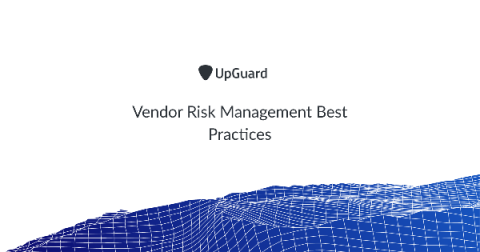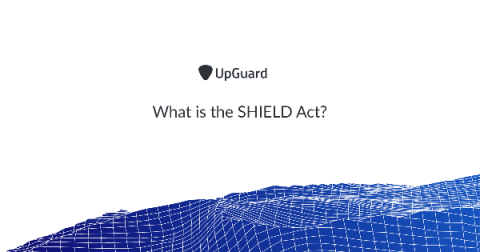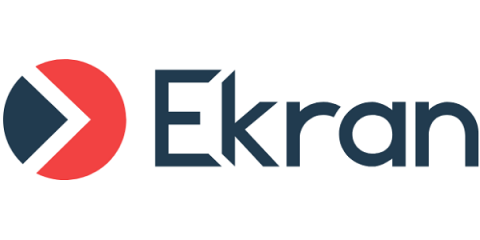Threat Hunting with The MITRE ATT&CK Framework
As a result of this ever-increasing volume and sophistication, SOC’s and SIEM’s using traditional, reactive measures are overwhelmed. More and more organizations are turning to detection and response solutions which combine threat intelligence and cyber expertise, to uncover and remediate threats as early as possible, and also to mitigate risk of future attacks.










